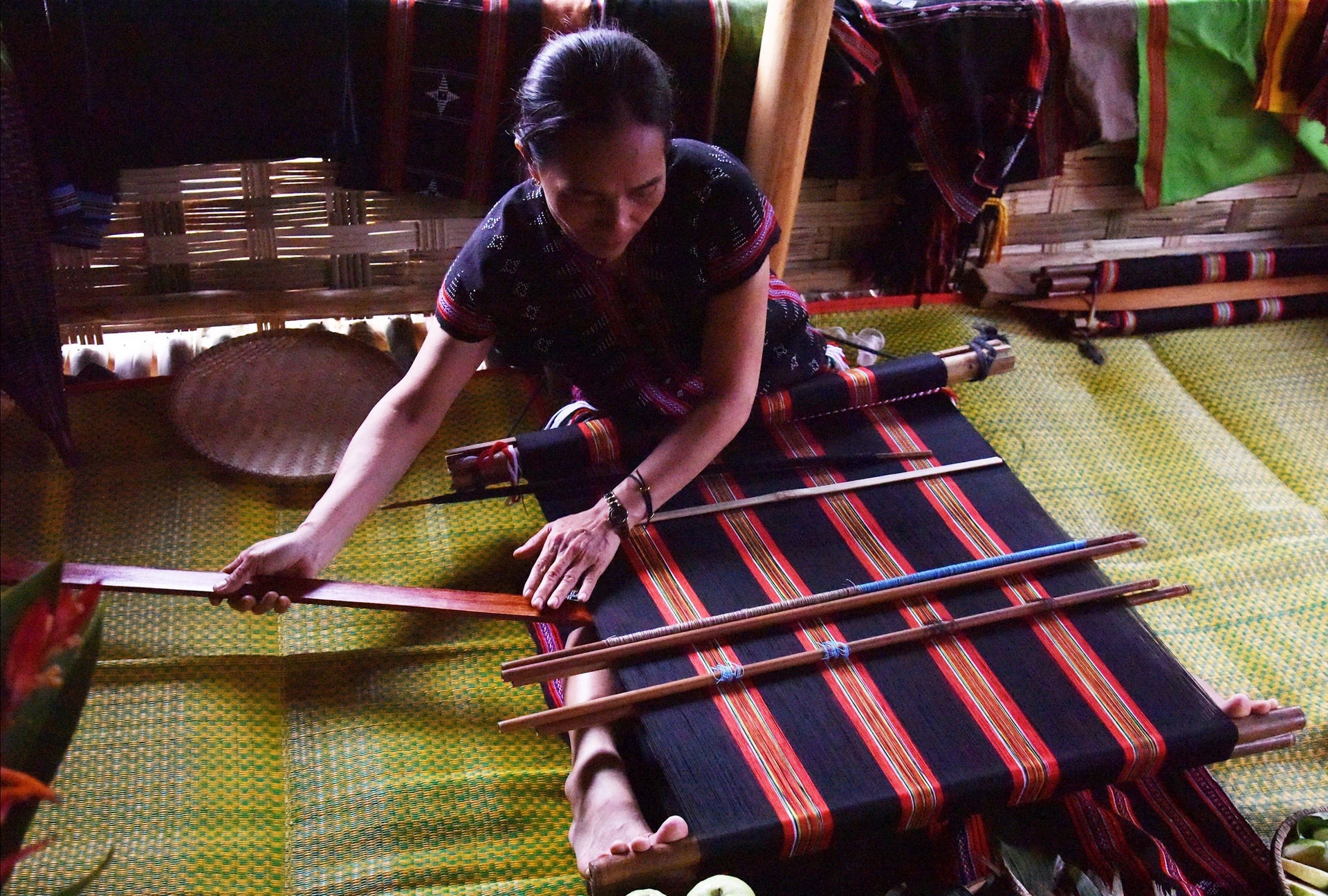
The heritages of the "village in the city" community not only create their own cultural imprints and nuances, but also create valuable human resources that can be exploited to serve the sustainable development needs of the locality.
The Co Tu people of the lowlands (Co Tu Phuong/Ep) live in 3 villages: Phu Tuc, Ta Lang, and Gian Bi (old Hoa Vang district). After the merger, Phu Tuc belongs to Ba Na commune, Ta Lang and Gian Bi belong to Hai Van ward.
Hai Van Ward is located in the Northwest of Da Nang city, where there is wild nature, forests and mountains and is the long-standing area of the Co Tu ethnic group. Nature and ethnic cultural heritage are precious resources. When the two villages merged into the new urban area, the Ta Lang - Gian Bi Community Cultural Tourism Center was just completed and put into operation. A new institution with an investment cost of 14.9 billion VND, with a traditional and modern appearance, located right on the La Son - Tuy Loan road axis.
Regarding material culture, both Gian Bi and Ta Lang villages in Hai Van ward have traditional communal houses (gươl), an ancient architectural form but with a new function, becoming a "village cultural institution". The people use materials available in nature such as cogon grass, rattan and palm leaves, bamboo, wood, especially without new materials such as concrete, cement, steel, corrugated iron roofing sheets... so they preserve the soul of their nation.
In addition to the communal house, the people also built a number of moong houses (field houses) as a place for activities, display, and introduce artifacts, agricultural products, and culinary specialties during festivals. Ta Lang and Gian Bi villages were planned and resettled according to the new village model. Before entering the village, there is a village gate with ancient architectural features, sturdy gate pillars, and a tortoise-shaped roof resembling a Co Tu village house.
The communal house of the Co Tu people here also functions as a miniature museum, where memories, ethnographic artifacts, daily life and production utensils are kept. These include baskets, fishing baskets, fishing nets, teardrop-shaped winnowing trays, dried gourd shells, rice mortars and pestles, hunting tools, musical instruments... Some of the items displayed in the communal house are also "props" for the gong and drum performers, and the dancers participating in the Tang tung da da dance during the village festival.
In particular, this place still preserves a collection of masks created by the village artisans themselves and through exchanges with ethnic people in the highlands. The collection of masks here has the largest quantity, with a unique style, preserving the soul and original artistic quality. These are relatively perfect masks, with their own nuances in shaping and carving, with a smooth combination of the art of carving with the coloring and drawing of painting.
Now, with the resonance and mutual support of ethnic people in the highlands and the help of local authorities, the Co Tu people in Hai Van ward have a good opportunity to preserve, promote and spread traditional cultural values, creating conditions for people to develop tourism and improve their lives.
Source: https://baodanang.vn/lang-co-tu-o-phuong-hai-van-3301244.html





![[Photo] Closing of the 13th Conference of the 13th Party Central Committee](https://vphoto.vietnam.vn/thumb/1200x675/vietnam/resource/IMAGE/2025/10/08/1759893763535_ndo_br_a3-bnd-2504-jpg.webp)


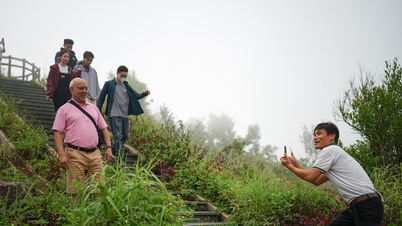



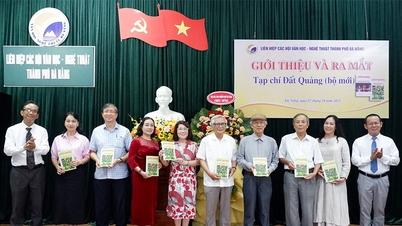



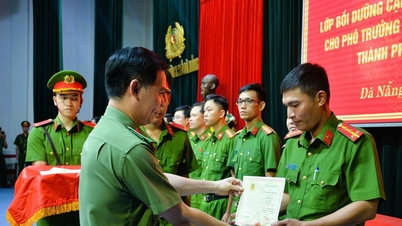


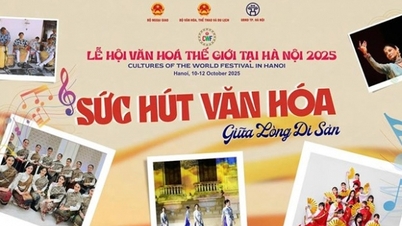


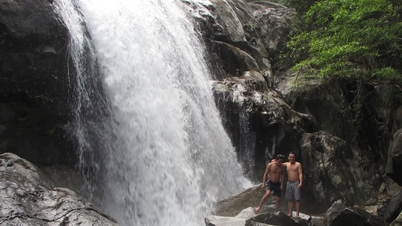
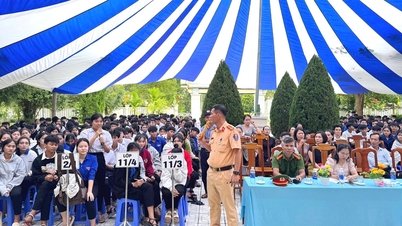




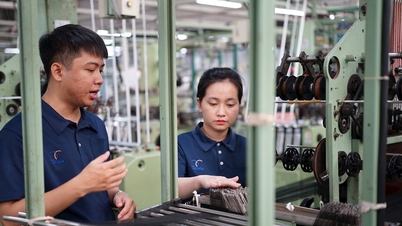


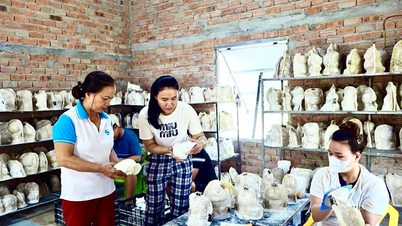

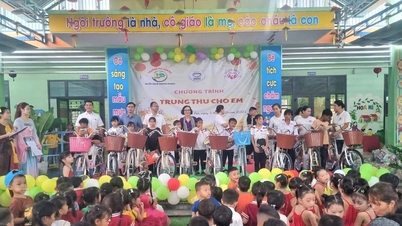





















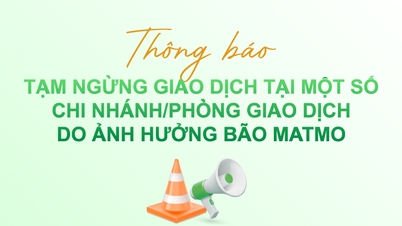

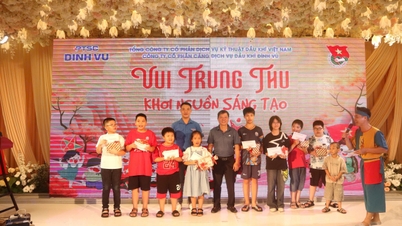
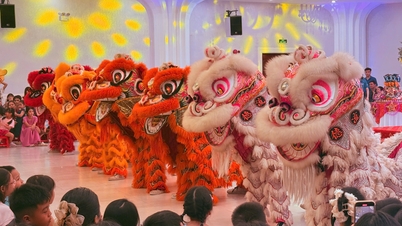












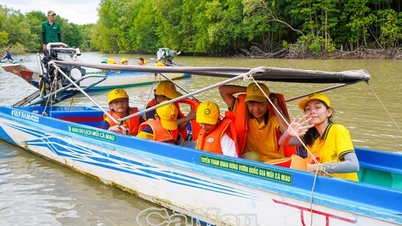


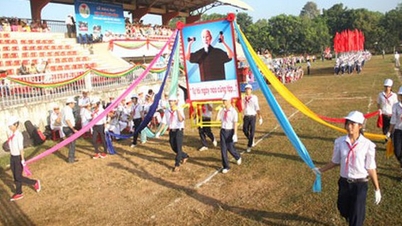
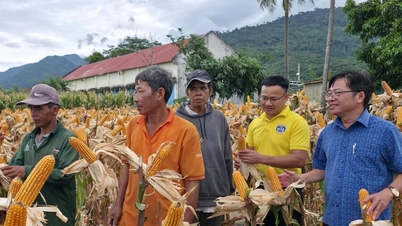



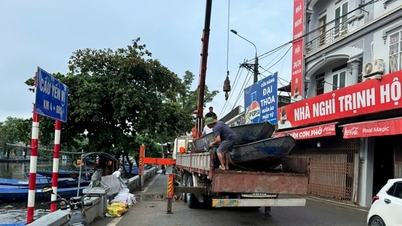






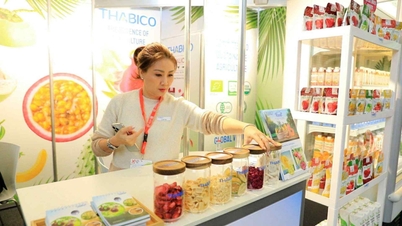







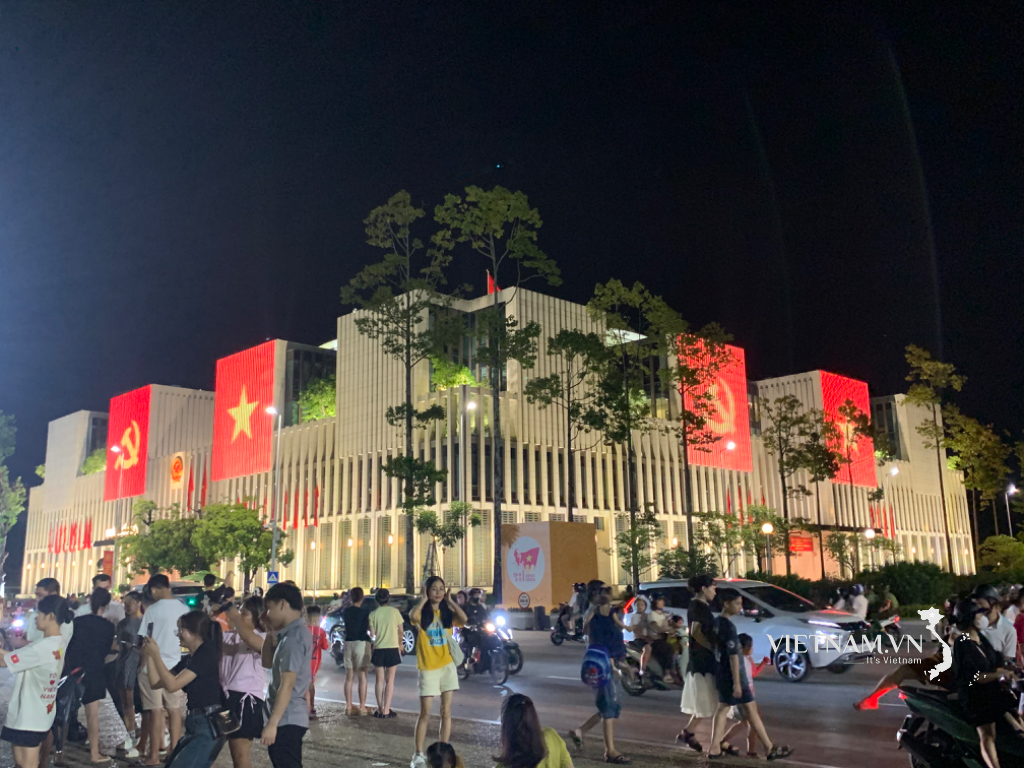



Comment (0)